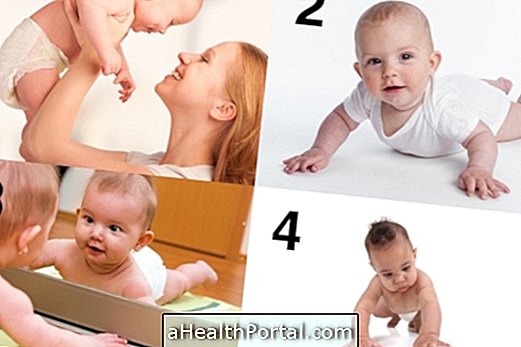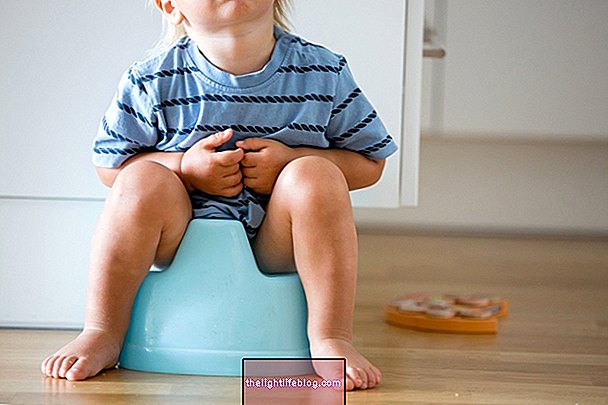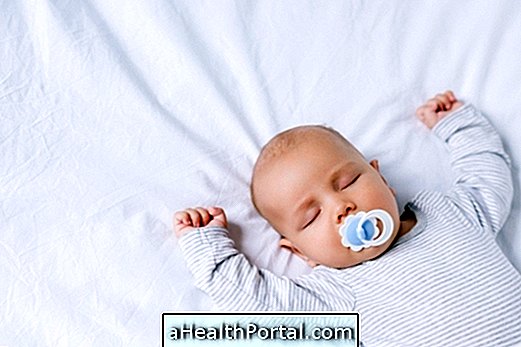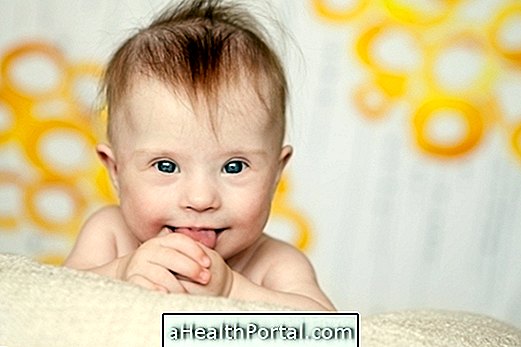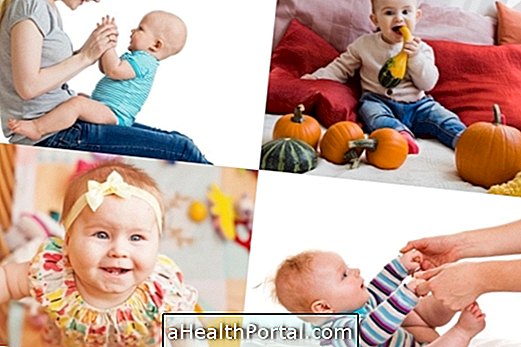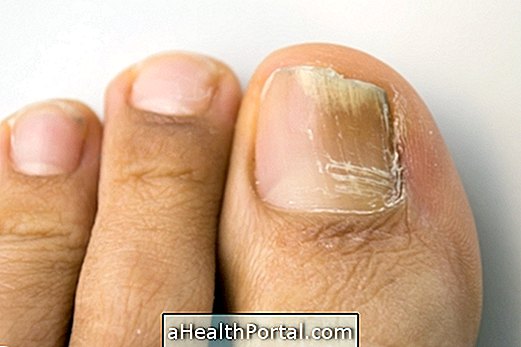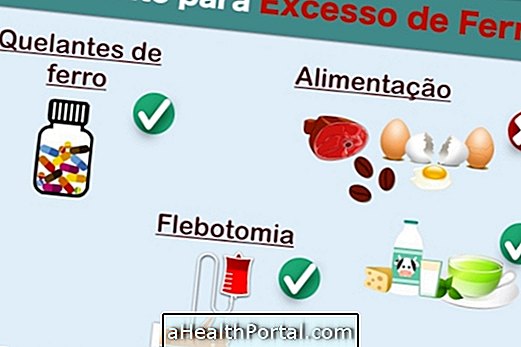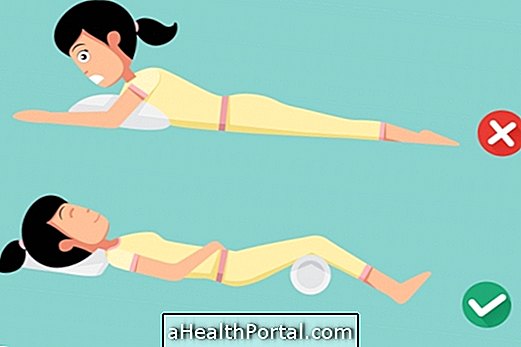The baby can start walking around 9 months of age, but the most common is that the child starts walking at age 1, however, it is normal for the baby to take up to 18 months to walk without this being no cause for concern to parents because this is not usually a health problem.
Parents should only be concerned if their baby is over the age of 18 months and shows no interest in walking or if after 15 months the baby also has other developmental delays as yet unable to sit or crawl, for example. In this case the pediatrician can evaluate the baby and request tests that can identify the cause of this developmental delay.
5 pranks to help baby walk faster
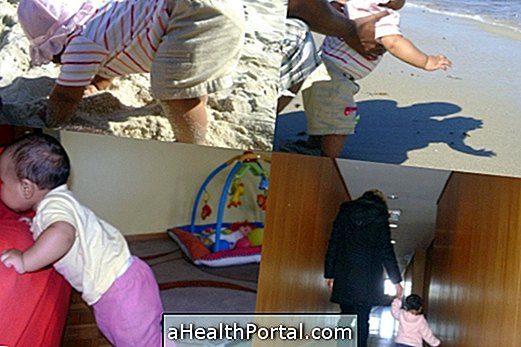
These games can be performed naturally during the time the parents have to care for the baby and can be used if the baby is already alone, without needing any support and if he also demonstrates that he has strength in the legs and is able to even though it does not crawl very well, but does not need to be performed before the baby has completed 9 months.
- Hold the baby's little hands while he is standing on the floor and walk with him taking a few steps. Be careful not to overtighten the baby and not force the shoulder joints by pulling the baby too hard or too fast for him to walk.
- If the baby is standing holding the sofa or a firm support table, put a toy on the end of the sofa so that it is attracted to the toy and try to get to it walking.
- With the baby lying flat on the belly up, rest your hands on his little feet so he can force himself, pushing his hands . This joke is a favorite of babies and is great for building muscle strength and strengthening joints in the ankles, knees and hips.
- Offer toys that can be pushed upright like a doll cart, grocery cart or cleaning trolleys so she can push around the house as much as she wants and whenever she wants.
- Stand two steps away from the baby and call him to come to you alone. With a tender look and the joy stamped on your face he will feel safe to try to reach you. As the baby may fall, it may be a good idea to try this play on the grass, because if it falls, it is less likely to get hurt.
If the baby falls you should guard him with care, without frightening him so he will not be afraid to try to walk alone again.
All newborn infants up to 4 months old under armpits and feet resting on any surface look like they want to walk. This is the gait reflex, which is natural to the human being and tends to disappear at 5 months.
Check out more pranks that help in the development of the baby in this video:

Care to protect the baby who is learning to walk
The baby who is learning to walk should not be on a walker, because this equipment is contraindicated because it can impair child development, causing the child to walk later. Understand why this can happen here.
When the baby is still learning to walk, he can walk barefoot indoors and on the beach, on colder days, non-slip socks are a great option because the feet do not get cold and the baby feels the floor better, being easier to walk like this.
Once he has mastered the art of walking alone he will need to wear proper shoes that do not impair the development of his feet, providing more safety for the child to walk. The shoe should be the correct size and should not be too small or too loose to give more firmness for the baby to walk. Therefore, while the baby is not walking safely, it is best not to wear slippers, only if they have elastic behind. See other characteristics of the ideal shoe here.
Parents need to always follow the baby wherever he is because this phase is very dangerous and as soon as the baby starts walking he can reach everywhere in the house, which may not have arrived just by crawling. It's good to keep an eye on the stairs, putting a small gate in the bottom as well as at the top of the stairs can be a good solution to prevent the child from climbing or going down stairs alone and getting hurt.
Although the baby does not like being trapped in the crib or in the shade, parents should limit where they may be. Closing the doors of the room can be useful so that the child is not alone in any room. Protecting the cabinet from the furniture with small supports is also important so that it does not hit the head there.

